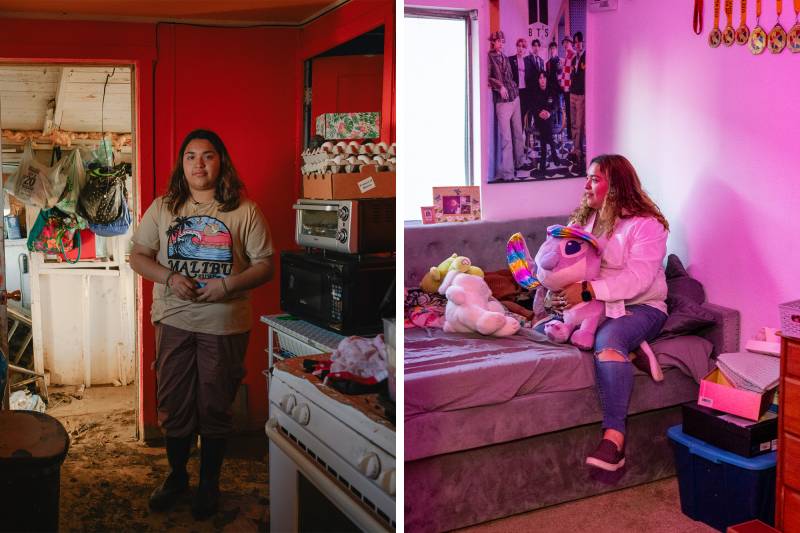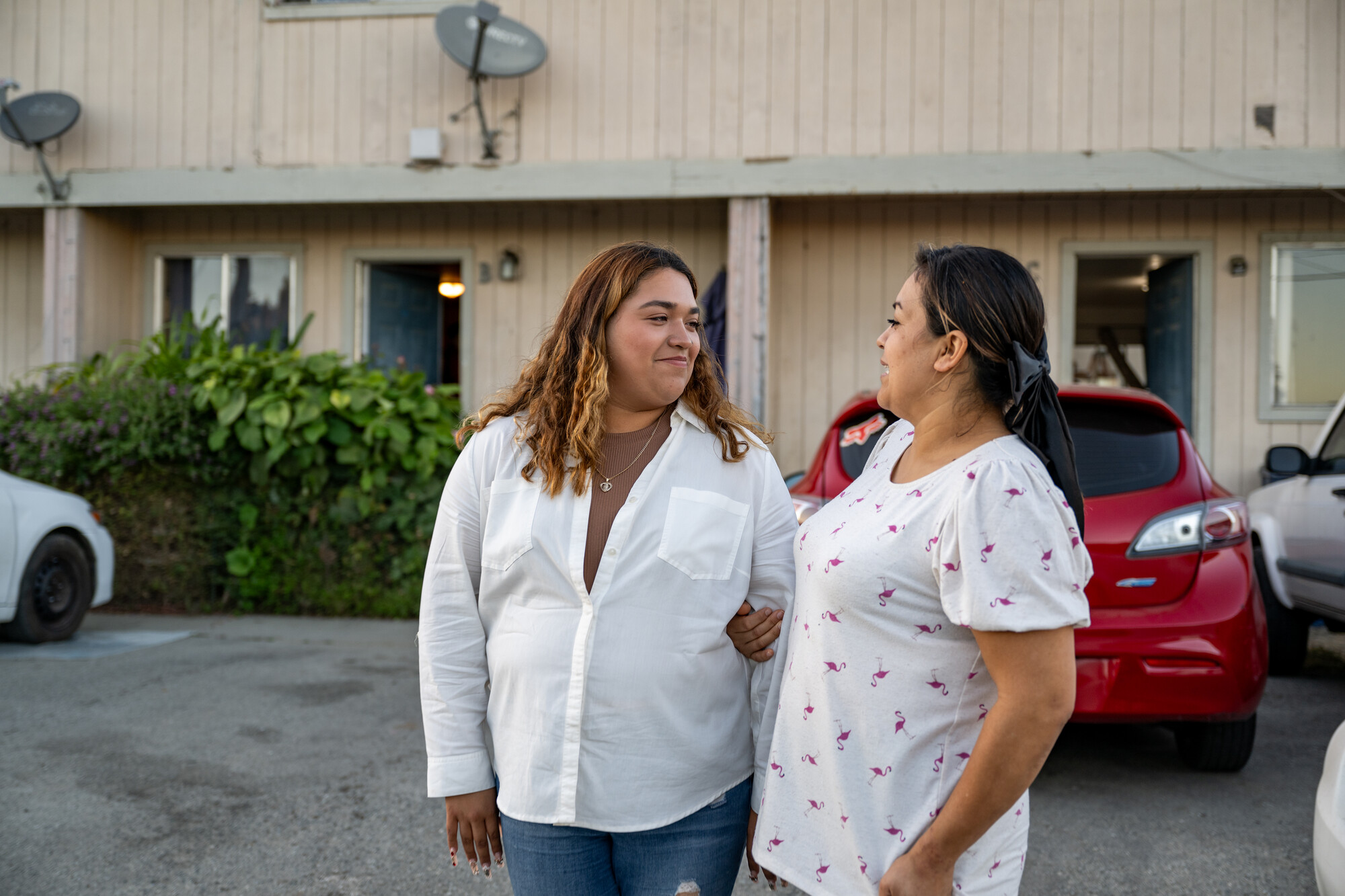In March 2023, the rain-swollen Pajaro River burst the seams of a levee, flooding the rural Northern Monterey County town of Pajaro in the dark of night and damaging hundreds of homes.
In the last season of Sold Out, we followed the story of the Escutia family as they set out to find a new place to call home. Now, a year later, we share their next chapter.
The family’s housing journey was anything but quick or easy. For a year and a half, they cycled through a shelter, group homes, and the homes of friends and family members as they searched for a permanent place they could afford.
They vowed never to return to the floodplain but came up against the reality that this part of coastal California is the most expensive rental market in the county, and the number of homes is limited.


